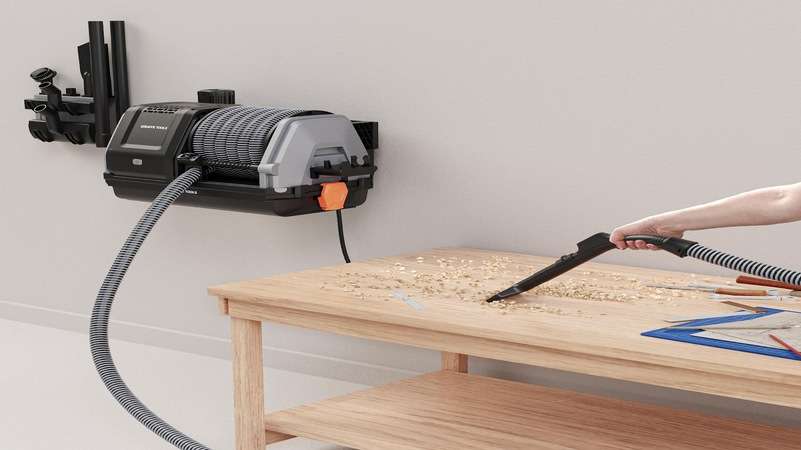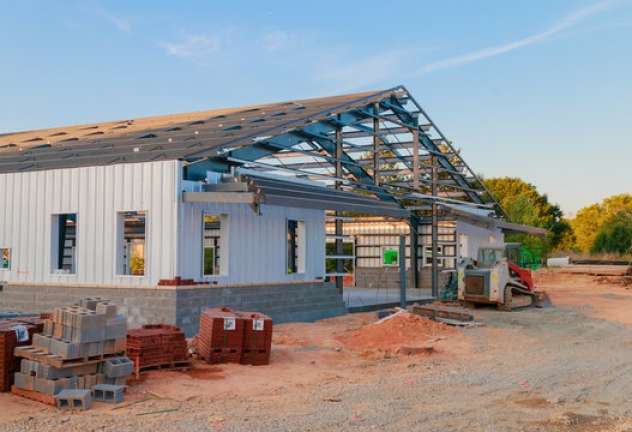An electrical resistivity survey is a geophysical method in which an electrical current is used to measure the properties of soil and rocks underground. Indeed, if you need to carry out an electrical resistivity survey on a particular plot of land you must make sure you have the correct equipment talking to a specialist company is essential if you are looking to purchase any type of electrical resistivity survey equipment. Electrical resistivity surveys can be used to locate and map sources of groundwater, as well as identify any potential contamination underground. In addition, if you want to carry out a construction project, then you may need to determine the underground composition of a particular site. As a consequence, if you want to undertake a construction project on a plot of land in the near future, you must make sure you have the correct survey equipment.
1. Identify the site
One of the most important things to remember whenever you want to carry out an electrical resistivity survey is to identify the size of the site as well as decide on the type of survey you want to carry out. If you are looking for sources of groundwater or contaminations before you build on a site, then carrying out an electrical resistivity survey is essential. Furthermore, if you are looking for resistivity survey equipment, then talking to a specialist supplier is imperative.
2. Determine the interval for the electrodes
When carrying out an electrical resistivity surveys it is also essential to decide on an interval for the metal electrodes that will be put into the ground. Indeed, an electrical resistivity survey transmits a current of electricity into the ground then measures the amount of resistivity to identify the composition of the ground. As a consequence, the size of the site as well as the interval for the electrodes will play a significant role in determining how you carry out an electrical resistivity scan while you can then generate a 2-D or 3-D model from the data that has been collected during the survey.
3. Begin the scan
Finally, after you have identified the size of the site that you want to survey as well as determine the interval for the electrodes in the ground, you can carry out the actual electrical resistivity scan. This type of geophysical survey can be used to identify the composition of a particular site, while you can also turn the data that is collected using resistivity survey equipment into a model representing the underground composition of a particular site.
- Identify the size of the site you want to survey
- Determine the interval for the electrodes in the ground
- Begin the scan and generate a 2-D or 3-D computer model
To conclude, if you want to carry out an electrical resistivity survey on a plot of land, you must identify the physical limits of the area you want to survey as well as determine the interval for the electrodes and then turn the data that has been connected into a usable 2-D or 3-D model.
















